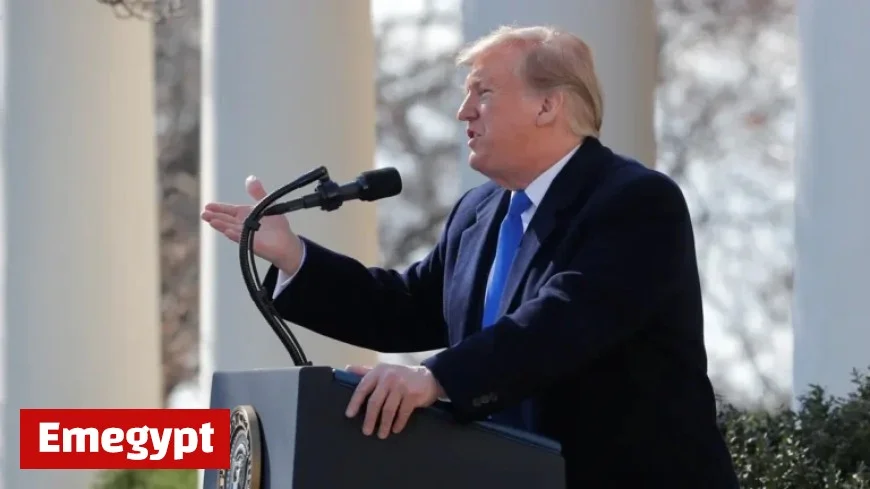Trump Sets New Record with Shutdown; What Did He Say Last Time?

The current federal government shutdown has reached its 36th day, tying the record for the longest in U.S. history. This shutdown parallels the previous record-setting closure during Donald Trump’s administration from December 22, 2018, to January 25, 2019, which lasted 35 days.
Overview of the Shutdown History
Both shutdowns stemmed from significant disagreements over funding, particularly related to healthcare subsidies and border security. The current deadlock has arisen as Democrats advocate for these subsidies, while Republicans remain unwilling to compromise.
Key Facts
- Current Shutdown Duration: 36 days.
- Previous Shutdown Duration: 35 days (December 22, 2018 – January 25, 2019).
- Areas of Disagreement: Healthcare subsidies and the U.S.-Mexico border wall funding.
- Trump’s Presidency: Oversaw both of the longest government shutdowns in history.
Context of the Previous Shutdown
During the last record-breaking shutdown, Trump’s insistence on $5.7 billion for the border wall became the central issue. Democrats contested this demand, arguing that the wall was costly and ineffective, leading to a legislative standstill.
Negotiations and Public Statements
- Shutdown ended after bipartisan negotiations, but the final package included only $1.375 billion for the wall.
- Trump triggered a national emergency to seek additional funding.
Trump’s Shifting Blame
In his past remarks, Trump has shifted blame for shutdowns between Congress and the presidency. In 2018, he stated, “I am all alone (poor me) in the White House,” expressing frustration over negotiations. Contrast this with recent behavior; during the current shutdown, he has traveled internationally, opting for quieter remarks on the stalled discussions.
Historical Perspective
Past comments from Trump highlight his belief that the president bears ultimate responsibility during shutdowns. In an interview in 2011, he noted that public perception often places the blame squarely on the president’s shoulders.
The Route Forward
As both parties remain at an impasse, the crucial discussion centers on how to approach funding negotiations moving forward. Recent public statements indicate a continued stalemate, with no compromise in sight.
Key Considerations
- How will Congress navigate critical funding issues?
- What implications will the current shutdown have on public sentiment?
The ongoing government shutdown raises vital questions about governance, negotiation tactics, and the future of bipartisan cooperation.




























